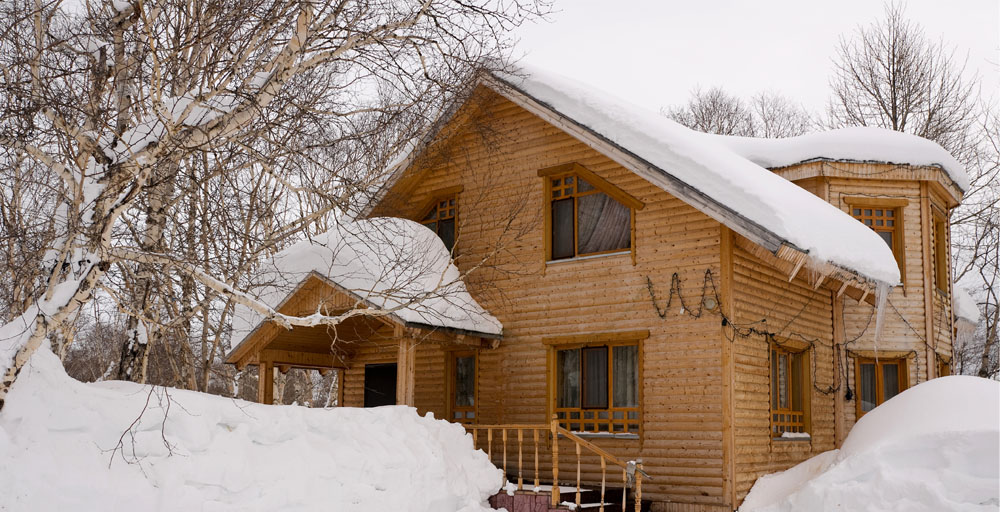Tired of freezing temperatures and never-ending snow yet? Winter weather can be a major cause for concern when it comes to damaging your home. Luckily, spring is here, which means warmer temperatures. However, as those temperatures rise, you have something else to worry about – snow melt. That’s why it is vital to be prepared. If you take a few simple precautions, you’ll encounter much less risk of damage.
Four Ways to Keep Your Home Safe from Snow Melt Damage
- Clear the Roof – Start before melting begins in earnest and clear as much snow from your roof as possible. Use a roof rake to get the majority of the snow off the roof and on the ground. Make sure you protect your gutters during this step, and even remove the snow from them, when possible.
- Check Downspouts – Your gutter downspouts should be positioned so they run away from the foundation of your home. If they are not functioning properly, or the water is pooling near your house, you may consider additions that can take the water to a safer spot.
- Install or Upgrade a Sump Pump – A sump pump is a prime way to keep water from damaging your basement and in turn foundation. Water that does get into the basement is drained into a pit and eventually “flushed” away so that it doesn’t cause indoor flooding issues. Many of the top pumps manufactured today also include features such as alarms that can alert you if there is a problem that needs your attention.
- Move the Snow – Get out there with a shovel, blower or other tool and remove snow from around your home’s foundation. Deep snowbanks will create a LOT of water when they melt, which could damage your foundation or even seep inside. Just moving snow within 10 feet of your house could make a big difference this spring. If you have a high powered blower, you may be able to take the snow even further for additional precautions.
As the snow melts and your temperatures rise, you may not be running the heater quite as often. This is the ideal time to have your system checked and maintained by the pros. Reach out to us at KLEBS today and let us take care of one of your spring maintenance tasks – so you can focus on everything else you need to do to keep your home safe and comfortable.

